

— Blogs —
—Products—
 Consumer hotline +8618073152920
Consumer hotline +8618073152920 WhatsApp:+8615367865107
Address:Room 102, District D, Houhu Industrial Park, Yuelu District, Changsha City, Hunan Province, China
Product knowledge
Time:2025-07-31 20:54:46 Popularity:1313
With the development of agricultural intelligence, the application of remote monitoring systems in modern greenhouses has become increasingly widespread. The greenhouse remote monitoring system is a crucial technology in modern agriculture. It optimizes crop growth conditions, increases yield, and conserves resources by monitoring the environment, crops, and equipment status in real time. Sensors are the core components of these systems, responsible for collecting critical data. Farmers or agricultural managers can monitor environmental parameters, water and fertilizer status, and crop growth in real-time, enabling precise control to improve crop yield and quality. This article introduces 11 common sensors used in greenhouses, categorized into four main types: environmental monitoring, control systems, crop physiology, and water/fertilizer management. Each sensor’s function and role in greenhouse management are explained.
These sensors are used to sense basic environmental factors like temperature, humidity, and light, both inside and outside the greenhouse, providing data support for greenhouse control.
- Function: Measures air temperature, relative humidity, and atmospheric pressure inside the greenhouse.
- Role:
- Temperature: Ensures crops grow within the required temperature range, triggering heating or cooling devices (e.g., heaters or fans). For instance, many vegetables require a temperature range of 20-25°C.
- Humidity: Monitors air humidity to prevent mold growth or dehydration. It activates dehumidifiers when humidity is too high or spraying systems when too low.
- Atmospheric Pressure: Tracks changes in atmospheric pressure to predict weather changes and help adjust ventilation or structure.
- Application: Suitable for crops requiring stable microclimates, such as tomatoes or broccoli, ensuring a constant growth environment.
- Function: Measures the temperature and moisture content of soil or cultivation substrates.
- Role:
- Soil Temperature: Affects root development and nutrient absorption.
- Soil Moisture: Monitors soil water content, optimizing irrigation to prevent over- or under-watering, protecting root health and conserving water resources.
- Application: Widely used in drip irrigation systems.
- Function: Measures photosynthetically active radiation (PAR, 400-700 nm) or illuminance (Lux) to assess light intensity.
- Role:
- Ensures crops receive adequate photosynthetic light intensity (e.g., leafy vegetables need 10,000-20,000 Lux), activating supplementary lighting (e.g., LED grow lights) when light is insufficient or adjusting shading systems when light is excessive.
- Optimizes lighting management, reducing energy consumption.
- Application: Suitable for crops with high light requirements, helping increase yield and conserve energy.
- Function: Measures the concentration of carbon dioxide (CO₂) in the greenhouse air.
- Role:
- CO₂ is a key factor in photosynthesis, and an optimal concentration (800-1200 ppm) can significantly enhance crop growth. The sensor triggers CO₂ enrichment systems (e.g., CO₂ generators) or ventilation systems to adjust the concentration.
- Balances CO₂ and ventilation to prevent plant stress or energy waste.
- Application: Common in high-value crops like strawberries and roses, where CO₂ enrichment can boost yield by 20-30%.
Control system sensors detect external environmental changes and help automatically turn on or off greenhouse devices.
- Function: Measures wind speed and direction outside the greenhouse.
- Role:
- Adjusts the ventilation system or closes vents based on wind speed to prevent strong winds from damaging the greenhouse structure.
- Predicts weather patterns and adjusts heating or cooling equipment in advance.
- Application: Crucial in windy areas to ensure greenhouse structure safety and energy efficiency. For example, vents can automatically close if wind speed exceeds 10 m/s.
- Function: Detects the presence of rain or snow.
- Role:
- Automatically closes greenhouse roofs or skylights during rainfall or snowfall to prevent water ingress or crop damage.
- Activates drainage systems or snow-melting heaters to prevent snow accumulation from threatening the structure.
- Application: Essential in areas with frequent precipitation, protecting crops from flooding or frost damage.
These sensors focus on the physiological condition of the plants, enabling more detailed crop health monitoring.
- Function: Measures the moisture level on plant leaves, reflecting dew or rain exposure.
- Role:
- Detects prolonged leaf surface moisture to prevent fungal diseases like powdery mildew, triggering ventilation or heating systems to dry the leaves.
- Optimizes irrigation timing to avoid re-watering when leaves are already moist.
- Application: Used in high-humidity environments for disease prevention.
- Function: Monitors the growth rate or size of plant stems or fruits.
- Role:
- Tracks growth data in real-time, assessing plant health and development, and adjusts lighting, water, or nutrient supply accordingly.
- Detects stress conditions (e.g., slow stem growth due to nutrient deficiencies) for early intervention.
- Application: Growth assessment, variety research, growth modeling. Common in precision agriculture for high-value crops, as fruit size directly affects market value.
Precise water and fertilizer management is a key aspect of smart greenhouses. These three sensors monitor the status of the soil and water-fertilizer system in real-time.
- Function: Measures the liquid level in irrigation or hydroponic systems.
- Role:
- Ensures there is sufficient liquid in water tanks or nutrient solution containers, triggering refill when the level is low.
- Prevents water pumps from running dry, extending the equipment's lifespan.
- Application: Irrigation tank monitoring, nutrient solution management, commonly used in hydroponic or drip irrigation systems.
- Function: Detects the pH level of the soil, directly affecting the plant's nutrient absorption. Adjusting pH levels appropriately can improve fertilizer utilization and crop health.
- Role:
- Monitors soil pH (typically 5.5-7.0 for most crops), helping to adjust fertilization plans and optimize nutrient absorption.
- Prevents soil from becoming too acidic or alkaline, which can damage the root system and affect crop health.
- Application: Soil management, precise fertilization, quality control. Used in blueberry (acidic soil) or tomato (neutral soil) cultivation for precise fertilization.
- Function: Measures the salt content in the soil, which helps assess the concentration of dissolved ions.
- Role:
- Evaluates soil salinity levels, determining if the soil is suitable for crop growth. High EC values can cause osmotic stress to the roots, affecting yield.
- Guides water and fertilizer management, adjusting irrigation or fertilization to reduce salt accumulation.
- Application: Salt-alkali soil improvement, nutrient salt monitoring, integrated water-fertilizer management. Used in regions with high salt risk (e.g., coastal greenhouses) or hydroponic systems to monitor substrate health.

These 11 sensors form the core data collection network for greenhouse remote monitoring systems. By continuously monitoring environmental parameters (such as temperature, light, CO₂), controlling device statuses (such as ventilation, roof systems), crop physiological indicators (such as leaf humidity and fruit growth), and water/fertilizer conditions (such as pH and EC), these sensors provide comprehensive data support for greenhouse management. Their roles include:
- Increasing Yield: Optimizing growth conditions to enhance crop yield and quality.
- Resource Conservation: Precisely controlling water, fertilizer, and energy usage to reduce operating costs.
- Risk Prevention: Detecting diseases, environmental anomalies, or equipment malfunctions in a timely manner to minimize losses.
- Automation: Integrating with IoT platforms for remote monitoring and automated control.
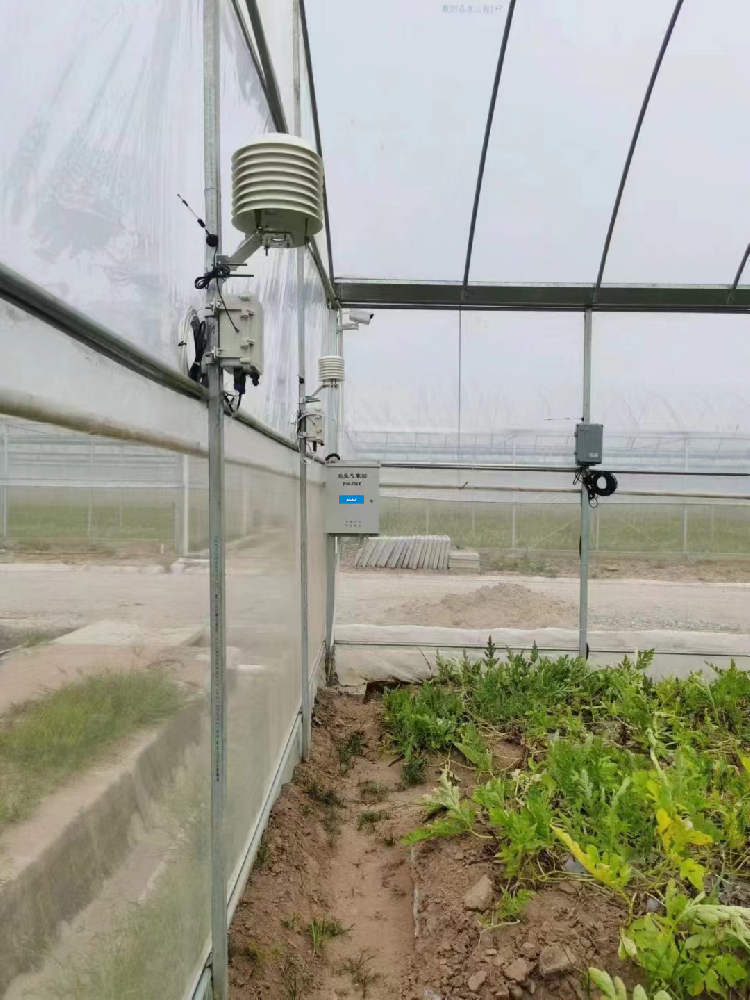
The success of greenhouse remote monitoring systems relies on the collaborative work of these high-performance sensors. From environmental monitoring to water/fertilizer management, each sensor provides precise data for optimizing production decisions. Choosing the right combination of sensors (e.g., light, CO₂, and soil EC sensors for high-value crops, or wind speed and rain/snow sensors for regions with variable climates), combined with IoT technology, can significantly enhance the intelligence and economic efficiency of greenhouses. As IoT and sensor technologies continue to develop, their integration capabilities will improve further, providing solid support for the realization of truly “unmanned, smart farming” in modern agriculture.
NBL-W-DS-wind-direction-sensor-Manual.pdf
NBL-W-RSS-Rain-Snow-Sensor-instruction-manual.pdf
NBL-S-TM-Soil-temperature-and-moisture-sensor-Instruction-Manual-4.0.pdf
NBL-S-TMC-Soil-temperature-and-moisture-conductivity-sensor.pdf
NBL-S-THR-Soil-temperature-and-moisture-sensors-Instruction-Manual-V4.0.pdf
NBL-W-LM-Leaf-Temperature-and-Humidity-Sensor-Instruction-Manual.pdf
NBL-W-FGS Fruit Stem Growth Sensor Instruction Manual.pdf
NBL-S-PH-Soil-PH-Sensor-Instruction-Manual-V4.0.pdf
NBL-W-RS-Rain-sensors-instruction-manual-V4.0.pdf
NBL-W-SS-Wind-Speed-Sensors-Instruction-Manual-V4.0.pdf
NBL-W-CO2 Carbon-Dioxide-Sensor-Instruction-Manual-5000ppm.pdf
Prev:Mechanical Anemometer VS Ultrasonic Wind Sensors
Next:How to Buy Weather Stations for Agricultural Projects: A Complete Buyer’s Guide
Related recommendations
Sensors & Weather Stations Catalog
Agriculture Sensors and Weather Stations Catalog-NiuBoL.pdf
Weather Stations Catalog-NiuBoL.pdf
Related products
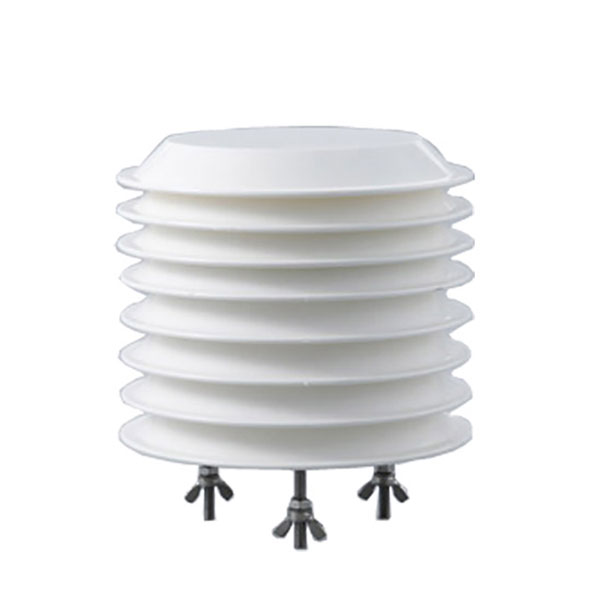 Combined air temperature and relative humidity sensor
Combined air temperature and relative humidity sensor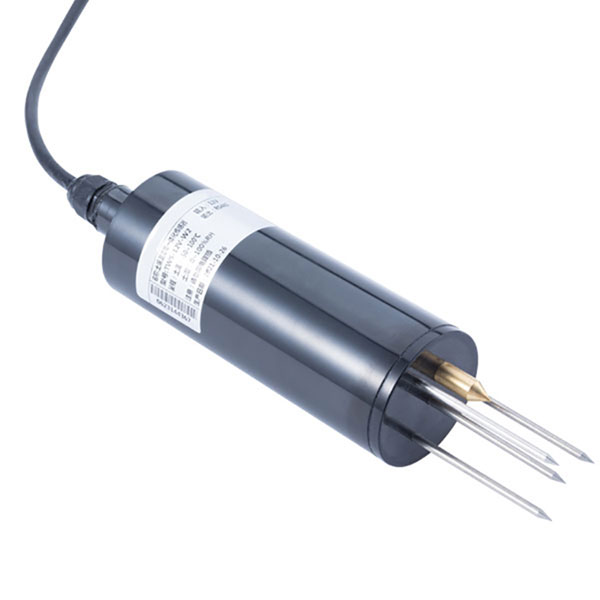 Soil Moisture Temperature sensor for irrigation
Soil Moisture Temperature sensor for irrigation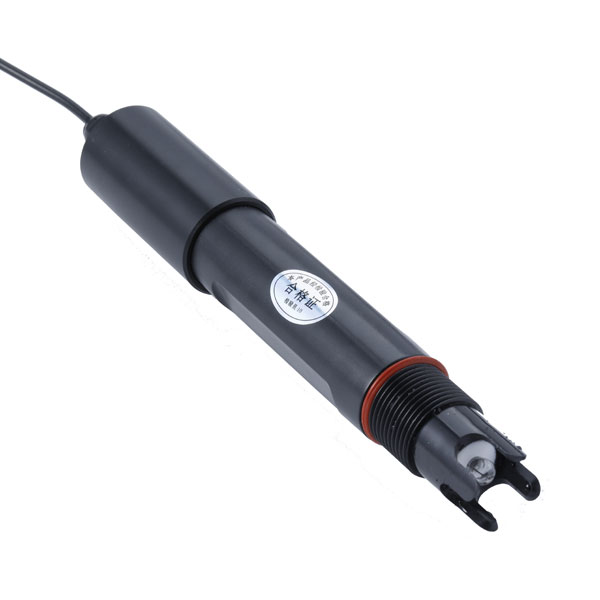 Soil pH sensor RS485 soil Testing instrument soil ph meter for agriculture
Soil pH sensor RS485 soil Testing instrument soil ph meter for agriculture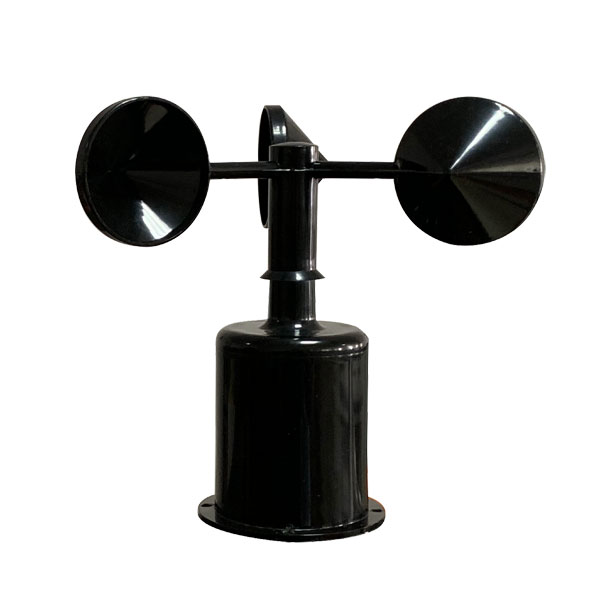 Wind Speed sensor Output Modbus/RS485/Analog/0-5V/4-20mA
Wind Speed sensor Output Modbus/RS485/Analog/0-5V/4-20mA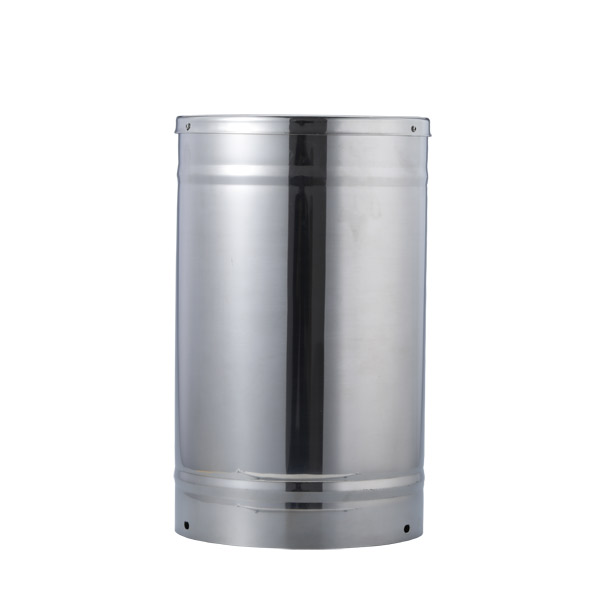 Tipping bucket rain gauge for weather monitoring auto rainfall sensor RS485/Outdoor/stainless steel
Tipping bucket rain gauge for weather monitoring auto rainfall sensor RS485/Outdoor/stainless steel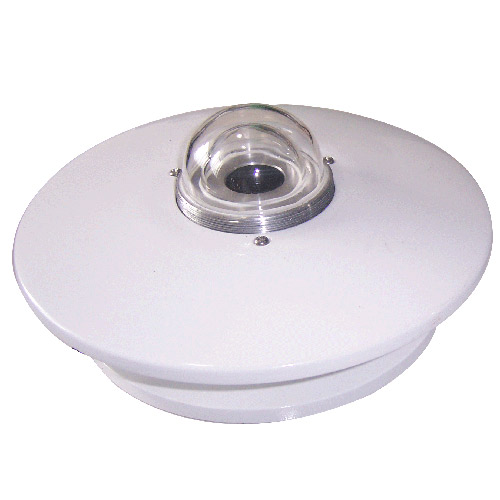 Pyranometer Solar Radiation Sensor 4-20mA/RS485
Pyranometer Solar Radiation Sensor 4-20mA/RS485
Screenshot, WhatsApp to identify the QR code
WhatsApp number:+8615367865107
(Click on WhatsApp to copy and add friends)
